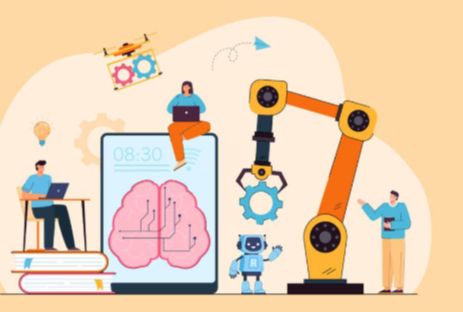Behind the Scenes: Innovation at Google
Google’s approach to innovation is driven by a unique culture of experimentation that encourages risk-taking. This environment promotes collaborative processes that harness diverse perspectives, resulting in creative breakthroughs. Additionally, the company’s investments in cutting-edge technologies, such as quantum computing and artificial intelligence, signal a commitment to reshaping industry standards. However, the implications of this dynamic setting extend beyond mere technological advancements, raising questions about the future of consumer interactions and the broader tech landscape.
The Culture of Experimentation
While many companies claim to prioritize innovation, Google distinguishes itself through a deeply ingrained culture of experimentation that permeates its operations.
This ethos encourages teams to fail fast and learn quickly, fostering an environment where risks are embraced and insights are valued.
Such an approach not only enhances creativity but also empowers individuals, allowing them to pursue groundbreaking ideas without the fear of failure.
Read more: What the Patent Office Tells Us About Future Tech
Collaborative Innovation Processes
Building on its culture of experimentation, Google embraces collaborative innovation processes that leverage diverse perspectives and expertise.
By fostering team synergy through structured brainstorming sessions, Google encourages open dialogue and the exchange of ideas.
This approach not only enhances creativity but also cultivates an inclusive environment where employees feel empowered to contribute, ultimately driving groundbreaking solutions and sustainable growth.
Pioneering Technologies and Future Trends
As technology continues to evolve at an unprecedented pace, Google stands at the forefront of pioneering innovations that redefine industry standards and consumer expectations.
The company’s investments in quantum computing promise to unlock new realms of problem-solving, while advancements in artificial intelligence are reshaping user experiences.
Together, these technologies herald a future where autonomy and efficiency flourish, inviting exploration into uncharted digital territories.
Conclusion
In the vibrant juxtaposition of risk and reward, Google’s culture of experimentation reveals a paradox: failure is not merely an endpoint but a catalyst for innovation. While some companies shy away from uncertainty, Google embraces it, fostering collaboration that sparks creativity. This dynamic approach not only propels technological advancements but also shapes the future of consumer interactions. As Google ventures boldly into the unknown, the question remains—what groundbreaking solutions will emerge next from this relentless pursuit of progress?






